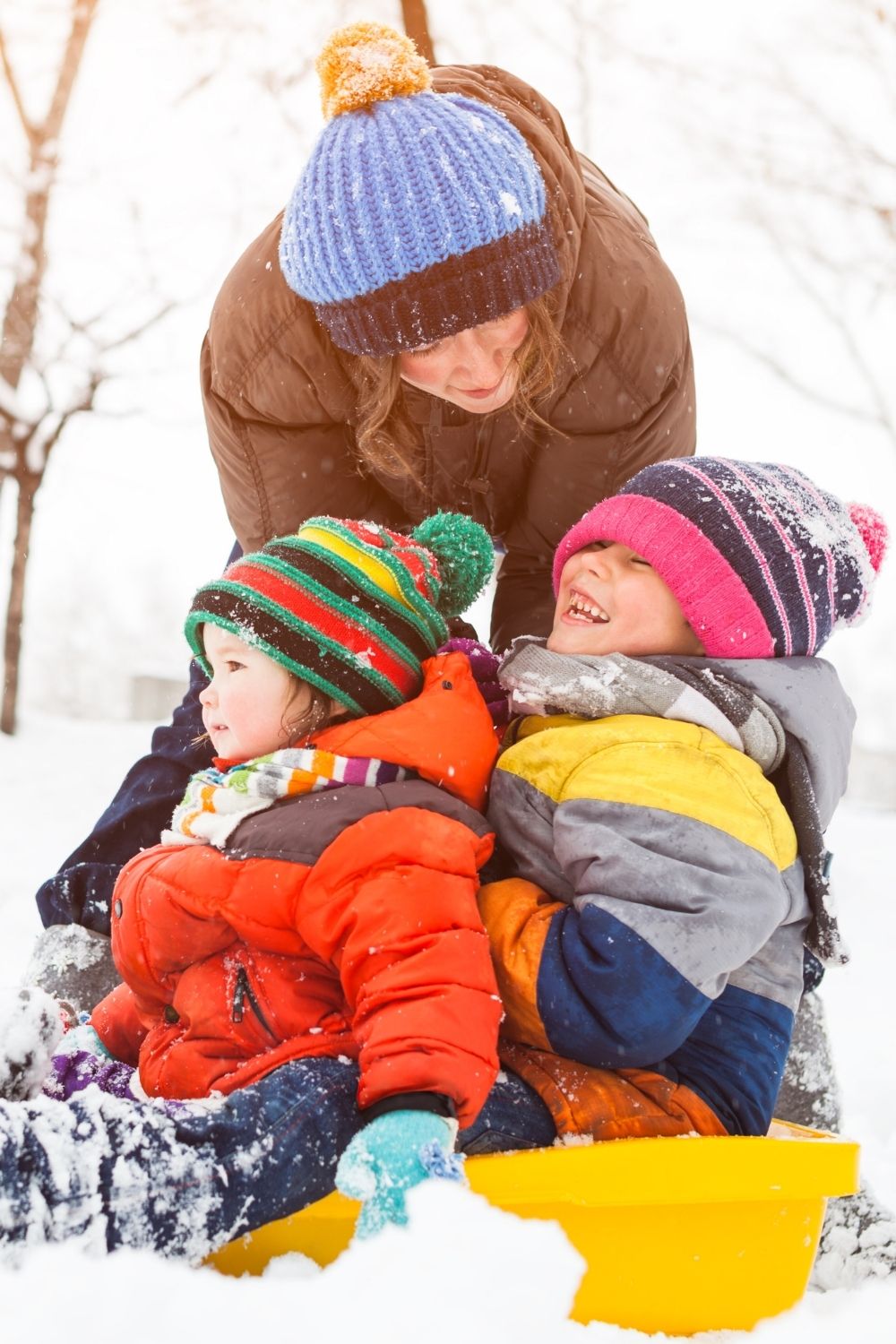10 Winter Safety Tips for Your Family
Winter Safety: Advice for Parents.
After a large snowstorm or blizzard, most children beg to go outside and build a snowman or go sledding. But low temps can lead to dangerous conditions for kids – and injuries too – so we have compiled a safety list from emergency response experts
General Safety
- Children shouldn’t play outside alone. Establish a buddy system with one or more friends and have them look out for one another. Children younger than 8 years of age should always be supervised outside.
- Consider keeping them indoors whenever the temperature or the wind chill is reported to be -27°C (-16°F) or lower. At these temperatures, exposed skin will begin to freeze.
- Never send children outside unsupervised in extreme weather conditions such as snowstorms.
- Check often to see that your child is warm and dry. Younger children should take regular breaks and come inside for a warm drink.
- Help children choose play areas with a warm shelter nearby (e.g., near home or a friend’s home).
- Apply sunscreen to exposed skin, even when it’s cloudy.
10 Winter Safety Tips for Your Family
It’s easy to keep safe during the cold months. By following a few tips, you can have a great time, no matter how much snow piles up outside! Tips provided from emergency response experts at savethechildren.org
1. Layer up.
Bitter cold and snow can cause frostbite. Dress your child in several layers, and make sure their head, neck and hands are covered. Dress babies and young children in one more layer than an adult would wear.
2. Check in on warmth.
Before kids head outside, tell them to come inside if they get wet or if they’re cold. Then keep watching them and checking in. They may want to continue playing outside even if they are wet or cold.
3. Beware of clothing hazards.
Scarves and hood strings can strangle smaller children so use other clothing to keep them warm.
4. Play it safe.
Even when roads are closed to traffic, it’s not safe to play or sled in the street. Visibility may be limited due to snow banks and ice on the roads makes braking difficult.
5. Use sunscreen.
Children and adults can still get sunburned in the winter. Sun can reflect off the snow, so apply sunscreen to exposed areas.
6. Prevent nosebleeds.
If your child suffers from minor winter nosebleeds, use a cold-air humidifier in their room. Saline nose drops can help keep their nose moist.
7. Use caution around fires.
Wood-burning stoves, fireplaces and outdoor fire-pits are cozy but can present danger – especially to small children. Use caution and put up protective gates when possible. If you’ve lost power or heat and are alternative heating methods like kerosene or electric heaters, be sure smoke detectors and carbon monoxide detectors are working.
8. Watch for danger signs.
Signs of frostbite are pale, grey or blistered skin on the fingers, ears, nose, and toes. If you think your child has frostbite bring the child indoors and put the affected area in warm (not hot) water. Signs of hypothermia are shivering, slurred speech, and unusual clumsiness. If you think your child has hypothermia call 9-1-1 immediately.
9. Get trained and equipped.
Children should wear helmets when snowboarding, skiing, sledding or playing ice hockey. And to avoid injuries, teach children how to do the activity safely.
10. Keep them hydrated.
In drier winter air kids lose more water through their breath. Offer plenty of water, and try giving them warm drinks and soup for extra appeal.
Once outdoors, take precautions to keep your family safe. Accidents can easily occur in ice and snow
It’s easy to keep safe — and stay fit — during the cold months. By following a few tips, you can have a great time, no matter how much white stuff piles up outside.
Going on a Road Trip in Winter?
Make sure you have a first-aid kit, extra blankets, water, food, and gloves in the car.

